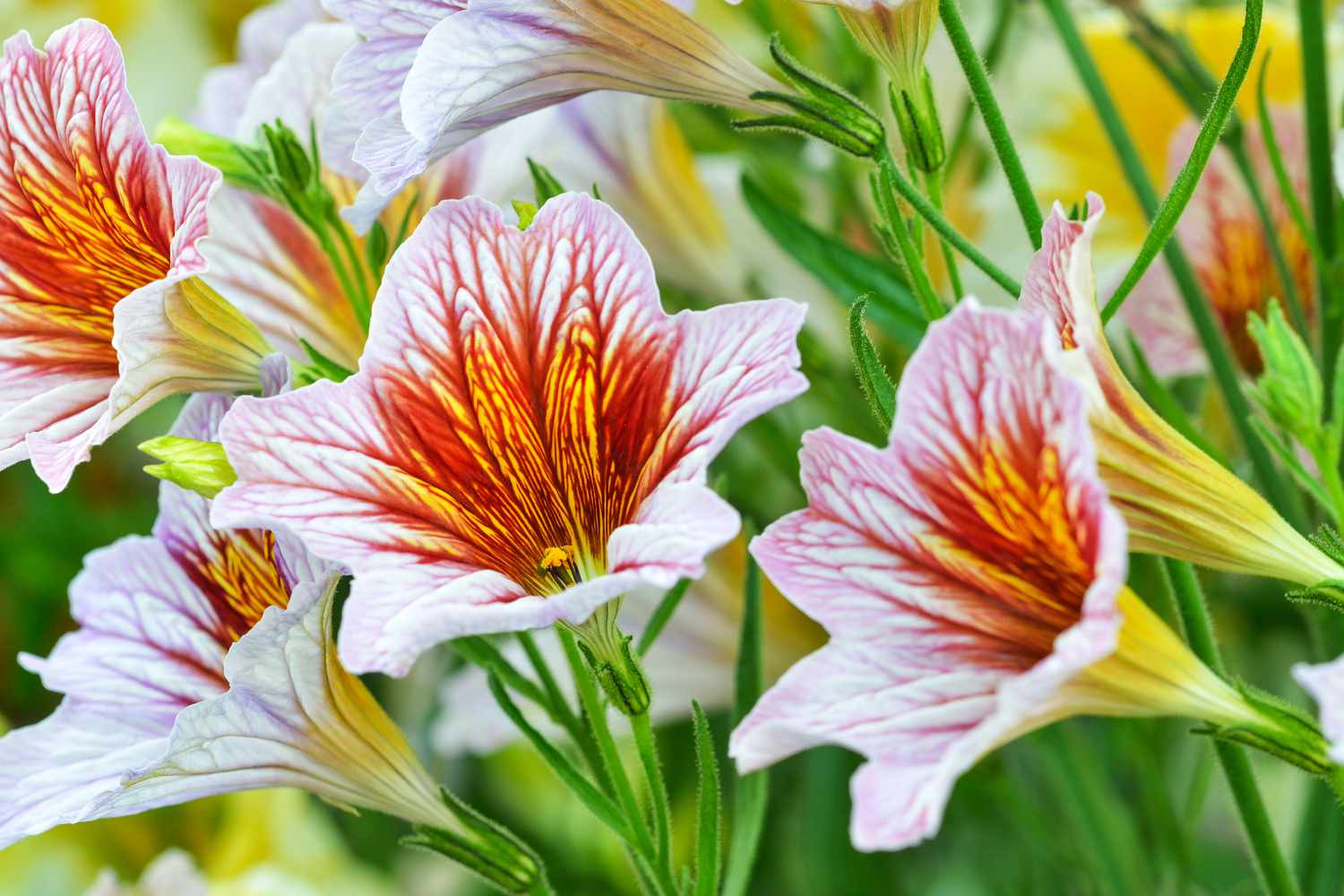Introduction
Azucena, also known as the Madonna Lily (Lilium candidum), is a strikingly beautiful flower known for its pure white blooms and enchanting fragrance. This flower has been cherished for centuries and holds cultural significance in various regions around the world. Whether you are a seasoned gardener or a novice enthusiast, caring for Azucena can be a rewarding experience. In this article, we will provide you with expert tips and insights on how to ensure your Azucena flowers thrive, from planting to blooming.
Understanding Azucena
Botanical Overview
Azucena belongs to the Liliaceae family and is native to the Mediterranean region. It is a perennial plant, meaning it can bloom year after year with proper care. The plant typically grows to a height of 3 to 4 feet and produces large, trumpet-shaped flowers. Each stem can bear multiple blooms, creating a stunning display in gardens and floral arrangements.
Symbolism and Uses
Azucena has been associated with purity, innocence, and beauty across different cultures. In religious and mythological contexts, it often symbolizes the Virgin Mary. The flower’s exquisite appearance and pleasant scent make it a popular choice for weddings, religious ceremonies, and ornamental gardening.
Planting Azucena
Choosing the Right Location
To grow Azucena successfully, selecting an appropriate location is crucial. These flowers thrive in well-drained soil and prefer a sunny spot with partial shade during the hottest part of the day. Ensure that the soil is rich in organic matter, as this will provide the necessary nutrients for healthy growth.
Planting Process
- Soil Preparation: Begin by preparing the soil. Loosen it to a depth of about 12 inches and mix in compost or well-rotted manure to enhance fertility.
- Planting Bulbs: Plant Azucena bulbs in the fall, approximately 6 to 8 inches deep and 8 to 12 inches apart. The pointed end of the bulb should face upwards. Cover the bulbs with soil and water thoroughly.
- Mulching: Apply a layer of mulch over the planting area to retain moisture and regulate soil temperature. This will also help prevent weed growth.
Watering and Fertilizing
Azucena requires consistent moisture, especially during the growing season. Water the plants regularly, ensuring the soil remains evenly moist but not waterlogged. Avoid overhead watering to prevent fungal diseases.
Fertilize the plants in early spring with a balanced, slow-release fertilizer. Follow the manufacturer’s instructions for application rates. Additional feeding can be done during the growing season with a liquid fertilizer to promote robust growth and blooming.
Caring for Azucena
Pruning and Deadheading
Pruning is essential for maintaining the health and appearance of Azucena plants. Remove spent flowers (deadheading) to encourage the plant to produce more blooms. Cut the flower stalks back to the base once they have finished blooming. This will prevent the plant from diverting energy into seed production.
Pest and Disease Management
Azucena is relatively resistant to pests and diseases, but it is not entirely immune. Common issues include aphids, slugs, and fungal infections.
- Aphids: These small insects can be controll by spraying a mixture of water and mild soap onto the affected areas. Introducing beneficial insects like ladybugs can also help reduce aphid populations.
- Slugs: Slugs can be deterred by using organic slug pellets or by placing barriers like crushed eggshells around the plants.
- Fungal Diseases: To prevent fungal diseases, ensure good air circulation around the plants. Avoid overcrowding and remove any infected foliage promptly. Applying a fungicide can help manage severe infections.
Winter Care
In colder climates, Azucena bulbs require protection during the winter months. After the foliage has died back in the fall, cover the planting area with a thick layer of mulch or straw to insulate the bulbs. In regions with mild winters, this step may not be necessary.
Conclusion
Caring for Azucena flowers can be a fulfilling endeavor that rewards you with stunning blooms and delightful fragrance. By choosing the right location, providing adequate water and nutrients, and protecting the plants from pests and diseases, you can enjoy the beauty of Azucena year after year. Whether you grow them for their aesthetic appeal or their symbolic significance, these timeless flowers will add a touch of elegance to any garden. Embrace the journey of nurturing Azucena, and you will be greet with thriving blooms that captivate the senses and uplift the spirit.
Q&A
How often should I water Azucena flowers?
Azucena flowers prefer a balanced watering routine. Water them thoroughly when the top inch of soil feels dry, but avoid overwatering to prevent root rot. Ensure well-draining soil to help the plant thrive.
2. What kind of sunlight do Azucenas need?
Azucenas need full sunlight for at least 6 hours a day. Place them in a bright spot where they can soak up plenty of sunlight, but protect them from the harsh midday sun in hotter climates.
3. How can I fertilize Azucena flowers for better blooms?
Feed Azucenas with a balanced fertilizer every 4-6 weeks during the growing season. Look for a fertilizer that contains essential nutrients like nitrogen, phosphorus, and potassium to encourage vibrant blooms.
4. How do I prune Azucena flowers for optimal growth?
Pruning Azucenas is essential to promote healthy growth. Trim dead or damaged flowers regularly and cut back any leggy growth. Prune in early spring to encourage fresh, strong blooms throughout the season.
5. What pests affect Azucena flowers, and how can I prevent them?
Azucenas can be susceptible to aphids and spider mites. To prevent infestations, regularly inspect the leaves for pests, remove them manually, and use natural insecticidal soap if needed.

